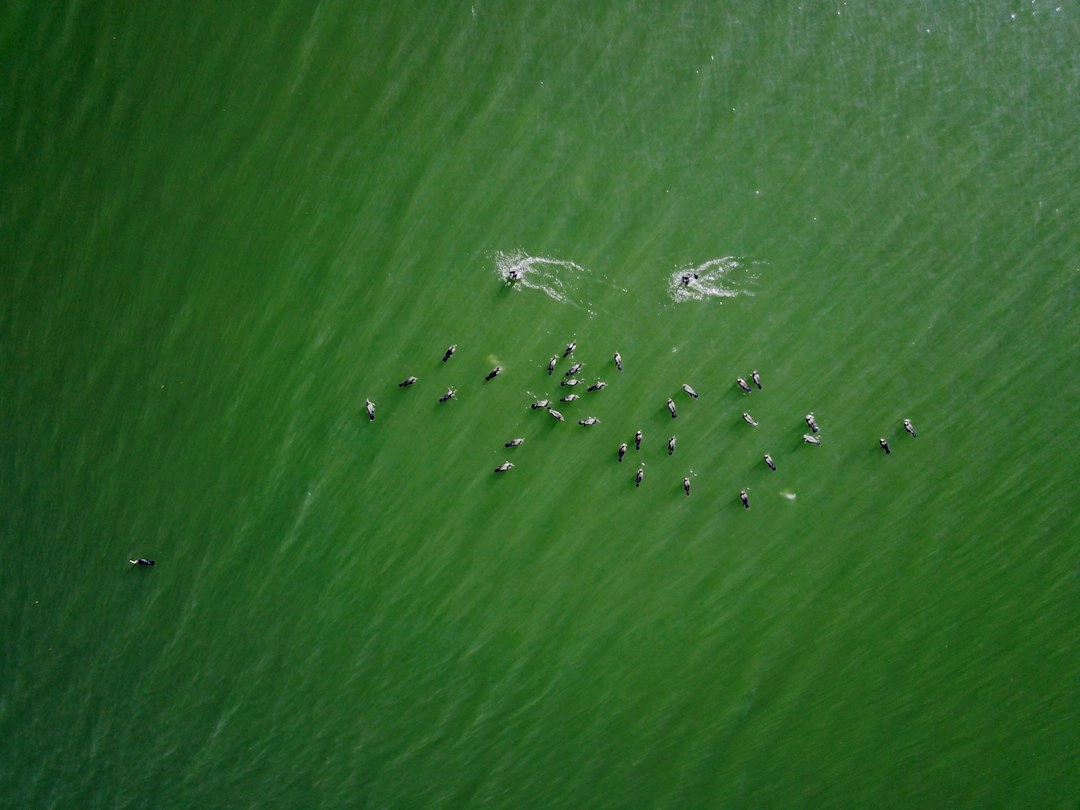What is Green Strategies in Digital Content Delivery Networks?
Green strategies in digital content delivery networks (CDNs) refer to initiatives and practices aimed at reducing the environmental impact of content delivery over the internet. CDNs are responsible for delivering digital content such as websites, videos, and images to users worldwide. While this process is integral to the functioning of the internet, it also consumes substantial energy and contributes to carbon emissions.
Real-World Problems Associated with Green Strategies in CDNs
There are several pressing challenges that need to be addressed when implementing green strategies in CDNs. These problems include:
1. Energy Consumption:
CDNs rely on a vast network of servers and data centers located worldwide. These facilities require a significant amount of energy to power and cool the equipment. The energy consumption of CDNs contributes to greenhouse gas emissions and adds to the overall carbon footprint of the internet.
2. Inefficient Infrastructure:
Some CDNs still operate on outdated and inefficient infrastructure, which further exacerbates their environmental impact. Aging servers and network equipment consume more energy and are less capable of optimizing content delivery for energy efficiency.
3. Data Centers’ Carbon Footprint:
The energy-intensive operations of data centers, where CDNs are typically hosted, contribute significantly to their carbon footprint. The energy consumed by these centers, powered mostly by fossil fuels, directly impacts the environmental footprint associated with content delivery.
4. Global Network Traffic:
The growth in global network traffic driven by increased internet usage and data-intensive applications places an added burden on CDNs. The handling of this massive volume of data requires considerable energy consumption, infrastructure resources, and contributes to higher carbon emissions.
5. Lack of Standardization:
There is currently a lack of industry-wide standards and guidelines for green strategies in CDNs. This hampers progress in implementing universal and effective sustainability measures across different CDN providers, resulting in inconsistent environmental practices.

Solutions for Green Strategies in CDNs
To address the environmental challenges associated with content delivery networks (CDNs), several solutions can be implemented:
1. Energy Efficiency Measures:
CDN providers can invest in energy-efficient hardware and infrastructure to reduce energy consumption. This includes using low-power servers, optimizing cooling systems, and implementing intelligent power management techniques.
2. Renewable Energy Integration:
Shifting towards renewable energy sources, such as solar or wind, can significantly decrease the carbon footprint of CDNs. By powering data centers and server farms with clean energy, the environmental impact can be reduced.
3. Server Virtualization:
Virtualization technology enables multiple virtual servers to run on a single physical server. This helps optimize resources and reduces energy consumption by consolidating workloads and maximizing server efficiency.
4. Content Caching and Edge Computing:
Implementing content caching techniques and edge computing can reduce the distance data needs to travel, leading to faster content delivery and reduced energy consumption. By storing content closer to end-users, the reliance on long-distance data transmission is minimized.
5. Collaboration and Standardization:
Industry collaboration and the establishment of standards for green strategies in CDNs can drive progress and ensure consistent implementation of sustainable practices. Sharing best practices and encouraging transparency can benefit the entire CDN ecosystem.
6. Monitoring and Reporting:
CDN providers should regularly monitor and track their energy consumption and carbon emissions. By gaining insights into their environmental impact, they can identify areas of improvement and set goals for reducing their carbon footprint.
7. Education and Awareness:
Raising awareness about the environmental impact of CDNs and the importance of adopting green strategies is crucial. Educating users and businesses about the significance of sustainable content delivery can encourage demand for environmentally conscious CDN providers.













